Why regulate teeth?
Misalignments and long-term consequences
Misaligned tooth
The incorrect bites listed below can occur in children and adolescents either individually or in combination. If incorrect bites are treated in time before the end of growth, later surgery can often be avoided. In this section you can read about the consequences if the incorrect bites are left untreated.
Overbite
The overbite is the most common form of misaligned teeth. The lower jaw is too far back and there is a gap between the upper and lower incisors.
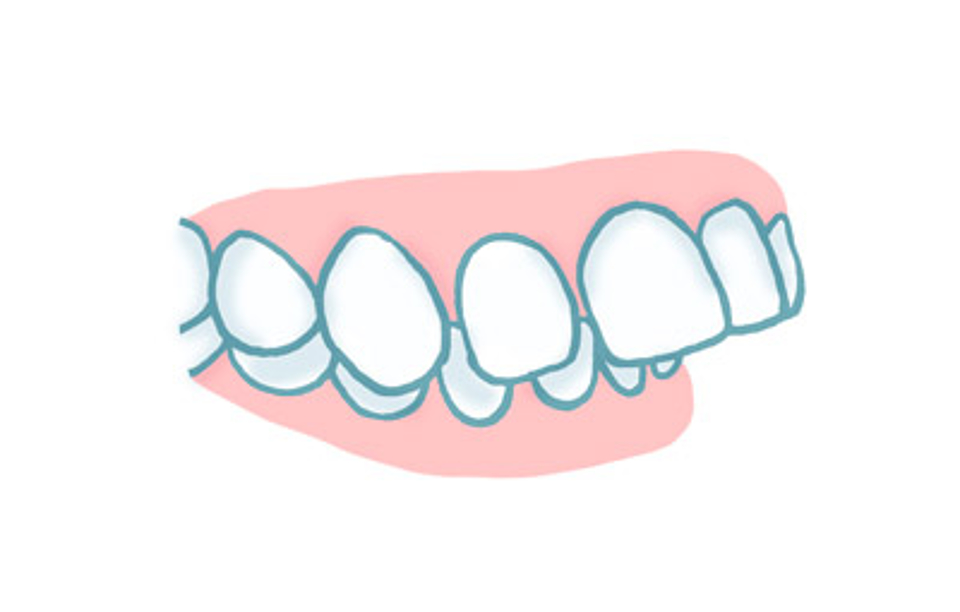
Sascha - Vorbiss
Sascha had an overbite and was treated with fixed braces for 24 months.
Vorher
Nachher
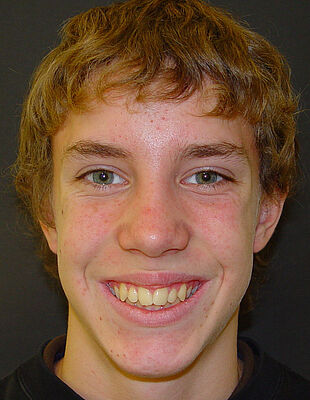
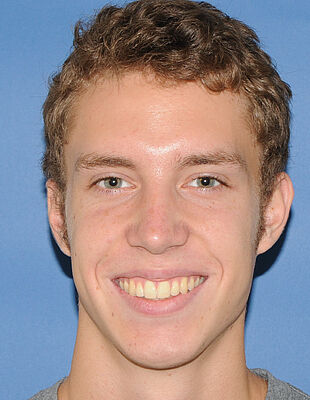
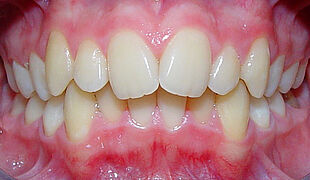

Possible consequences:
Deep bite: The incisors of the lower jaw cover the upper teeth when clenching. This can injure the gums. The lower incisors can grow into the roof of the mouth and injure the lining of the palate.
- Injury: The risk of injury to the incisors (e.g. during sports) is high. The lip no longer lies protectively over the teeth and the lower jaw teeth cannot provide additional support.
Functional problems: There may be problems with biting, chewing or pronunciation.
Teeth wear out: Since the teeth do not mesh exactly, the teeth wear out heavily. It therefore happens that even young adults can see heavily chewed crowns.
Temporomandibular joint problems (TMJ): The overbite forces the lower jaw to bite further forward. This can lead to an overload of the temporomandibular joint. This can lead to a cracking jaw joint or considerable pain.
Unberbite
In the case of an underbite, the lower jaw bites too far in front of the upper jaw. The incisors sometimes bite with the edges or even in the so-called cross bite the other way around.

Possible consequences:
There are temporomandibular joint (TMJ) problems: The temporomandibular joint can be stressed too much. There is a cracking or even lock with considerable pain.
Teeth wear out: Since the teeth do not mesh properly, the teeth wear out excessively. Heavily chewed crowns are not uncommon in young adults.
Cover Bite
A special type of overbite is the cover bite (Angle Class II, Div. 2). As a rule, when the cover bite occurs, part of the upper jaw - front teeth tilt backwards and the other part forwards.

André - Tiefbiss
André had a cover bite and was treated with fixed braces in 19 months.
Vorher
Nachher
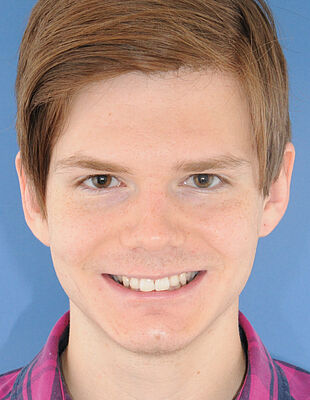

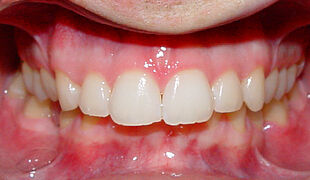
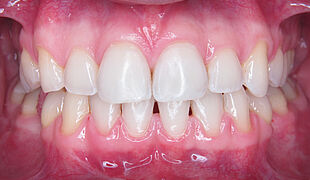
Possible consequences:
Deep bite: The lower incisors can grow into the roof of the mouth and injure the lining of the palate.
Injury: The risk of injury to the front incisors is high when doing sports, for example, as the lip no longer protects the teeth and the lower teeth cannot provide additional support.
Crowding: The dental arches collapse because they do not support each other.
Teeth wear out: Since the teeth do not interlock exactly, the teeth wear out considerably. It is therefore possible that even young adults can see heavily chewed crowns.
Temporomandibular joint (TMJ) problems: In some cases, the tilted front teeth lead to a forced bite. The reason for this is that the lower jaw is moved further back when biting. This leads to an overload of the temporomandibular joint and possibly to cracking or locking with considerable pain.
Cross Bite
The lower jaw teeth bite over the upper jaw teeth in the event of a lateral cross bite. The cross bite can occur on one side or on both sides.
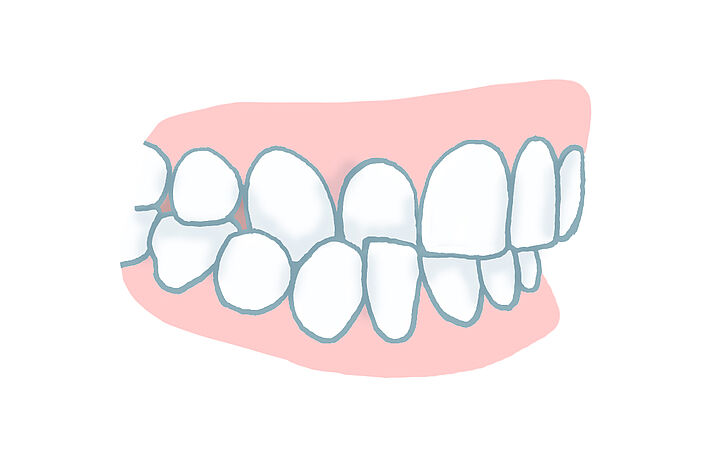
Lia - Kreuzbiss
Lia had a cross bite. She was treated with fixed braces for 21 months.
Vorher
Nachher
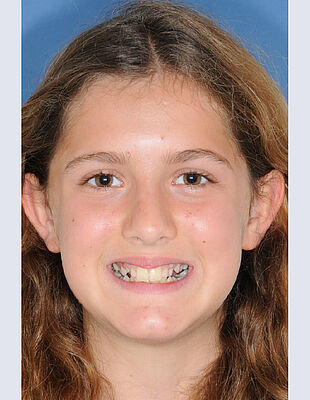

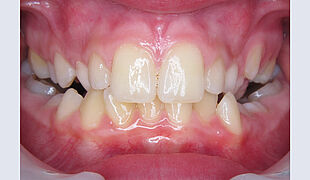
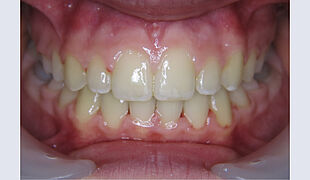
Possible consequences:
Crooked face: over the years, a unilateral crossbite - if not treated - leads to a deviation of the lower jaw towards the crossbite side. The centers of the arches differ from one another.
Temporomandibular joint problems (TMJ): he one-sided crossbite forces the lower jaw to bite in a certain direction. In some cases this leads to an overload of the temporomandibular joint. As a result, it can crack or cause considerable pain.
- Wear of the teeth: Since the front teeth do not mesh exactly, the teeth wear out considerably. It is therefore possible that even young adults can see heavily chewed crowns.
Crowding
The front teeth nest in one another when they are crowded. In some cases the misalignment is so strong that teeth are almost one behind the other.
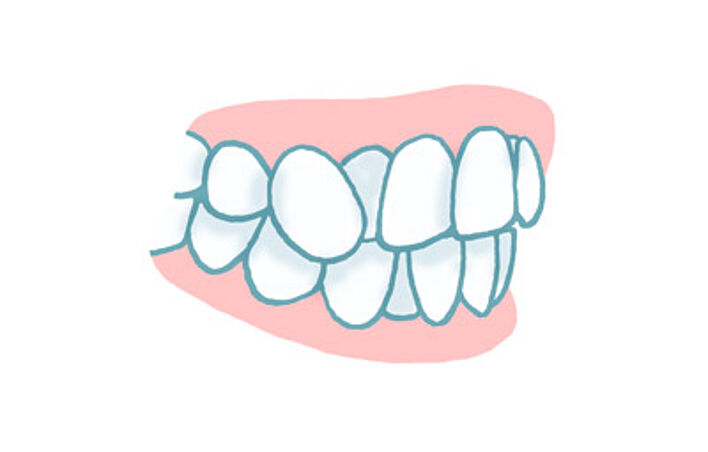
Patriks - Engstand
Patricks had massive crowding. He was treated with fixed braces in 21 months.
Vorher
Nachher
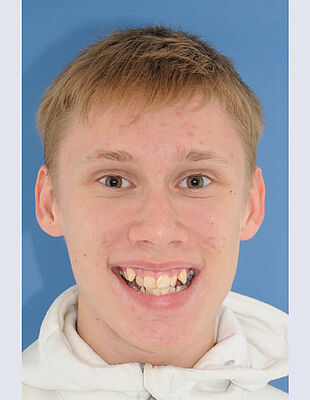
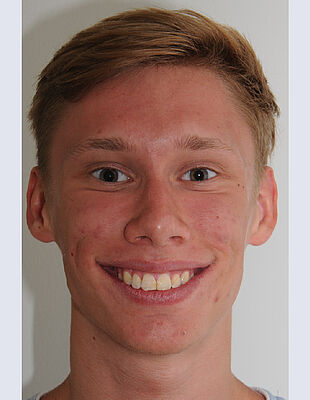
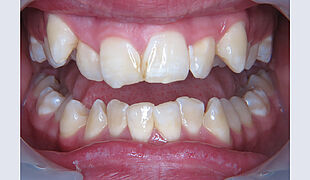
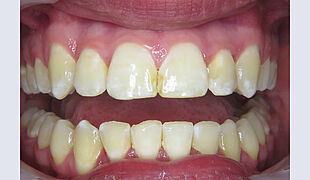
Possible consequences:
Pain: The teeth are very sensitive to pain.
Recession of the gums: As the teeth move out of the bone, over the years there is very pronounced recession of the gums on some teeth.
Excessive tooth decay: Some teeth are poorly cared for. This means that tooth decay or at least inflammation of the gums occurs very often. It is not uncommon for teeth to become discolored.
Wear of the teeth: Since the front teeth do not mesh exactly, the teeth wear out considerably. It is therefore possible that even young adults can see heavily chewed crowns. This leads to a visual impairment
Tooth gaps
The appearance is often significantly affected by gapped teeth.
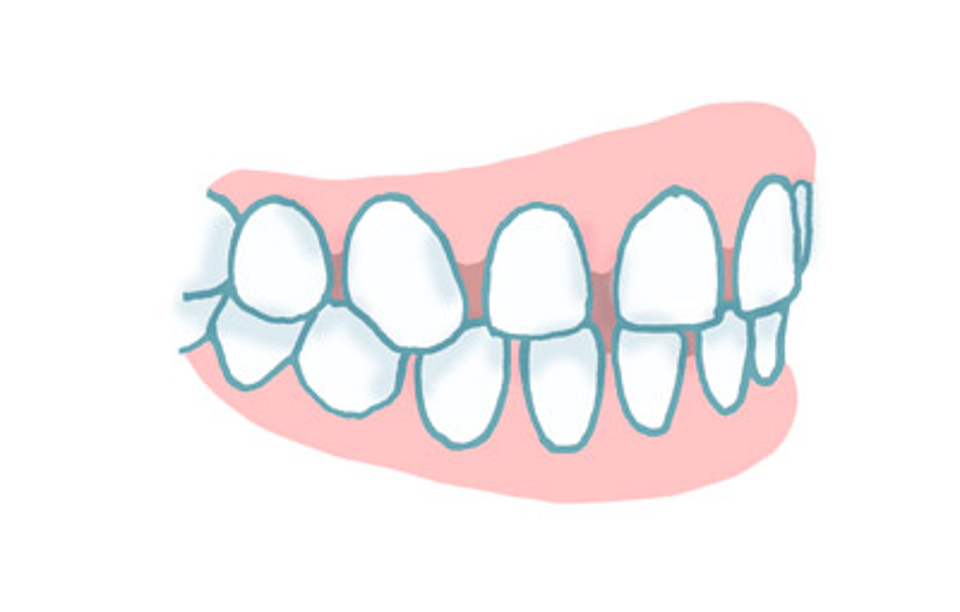
Possible consequences:
- Recession of the gums: As the teeth move out of the bone, over the years there is very pronounced gum recession on some teeth.
Open Bite
Even when clenched, the teeth in the front of the upper and lower jaw have no contact with one another if the bite is open. In extreme forms, when biting, only the rearmost molars touch each other.
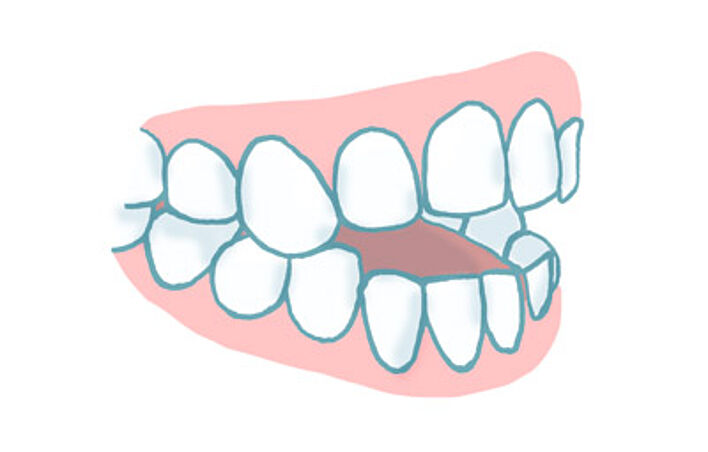
Possible consequences:
- Lack of biting function: These patients can no longer bite off a thin slice of cheese. The chewing function is massive.
- Temporomandibular joint problems (TMJ): In some cases it can lead to an overload of the temporomandibular joint. As a result, it can crack or cause considerable pain.
- Teeth wear out: The overloading of the molars increases the loss of tooth enamel, which often makes costly dental care necessary later.
The lower jaw looks longer: the face can appear long from a purely visual point of view.
Protrusion
The "tilting out" of the front teeth is called protrusion. Either the molars have to be moved back to get the front teeth back into the jawbone, or even healthy teeth have to be extracted. This tooth movement often begins suddenly in adulthood when the gums become inflamed with bone regression (Periodontal disease).
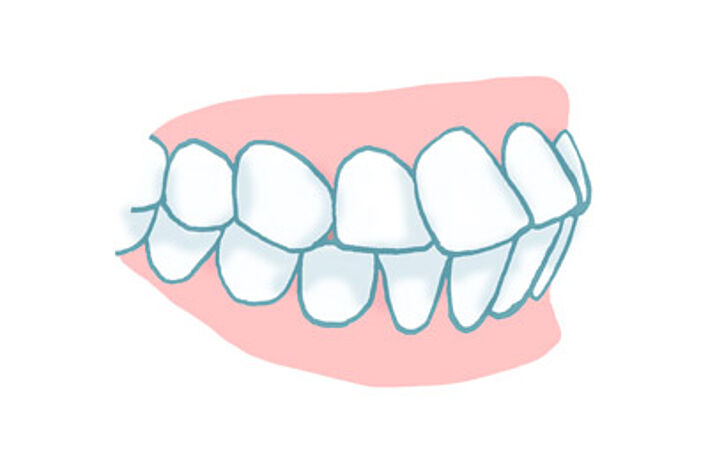
Possible consequences:
Gaps: in some cases gaps could occur.
Recession of the gums: As the teeth move out of the bone, over the years there is very pronounced gum recession on some teeth.
 Wir freuen uns auf Sie!
Wir freuen uns auf Sie!
Unsichtbar, schnell & sanft zum Traumlächeln im
Eltz Institut für Zahnregulierung
Bitte treffen Sie Ihre Auswahl. Gerne beraten wir Sie auch telefonisch unter 01 358 3181.
Neu: Jetzt online Beratung buchen und 0% Ratenzahlung bis Ende sichern!
 Erwachsene
Erwachsene
Zahnregulierung für Erwachsene
Für alle Zahnfehlstellungen
- ✓ Alle Methoden
- ✓ Beratung gratis
 Kinder & Jugendliche
Kinder & Jugendliche
Gratis Zahnspange
Für schwere Zahnfehlstellungen
- ✓ Beratung gratis
 Kinder & Jugendliche
Kinder & Jugendliche
Unsichtbare Zahnschienen
Für alle Zahnfehlstellungen
- ✓ Beratung 50€
(bei Buchung einer Aligner Behandlung angerechnet)
 Alle Altersgruppen
Alle Altersgruppen
Kiefergelenkstherapie
Für spezielle Kieferbeschwerden
- ✓ Beratung 150 €
Wir bitten um telefonische Abklärung, ob Ihre Beschwerden in den Bereich Kieferorthopädie oder Physiotherapie fallen.
 Alle Altersgruppen
Alle Altersgruppen
Kieferorthopädische kieferchirurgische Kombinationstherapie
Für Komplexe Zahnfehlstellungen
- ✓ Beratung gratis
 Alle Altersgruppen
Alle Altersgruppen
Zahnschmerzen, Prophylaxe, Mundhygiene, ...?
Bitte konsultieren Sie Ihren Zahnarzt.



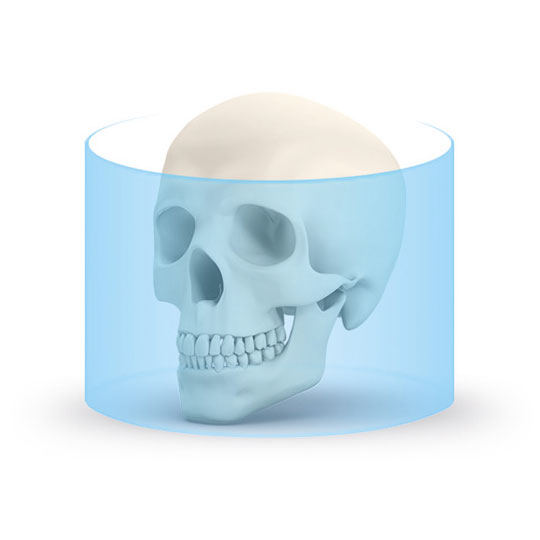


 OA Dr. Lutz Hodecker
OA Dr. Lutz Hodecker Dr. Alexander Gugenberger
Dr. Alexander Gugenberger Prim. Dr. Maija Eltz
Prim. Dr. Maija Eltz Dr. Kathrin Neugschwandtner
Dr. Kathrin Neugschwandtner